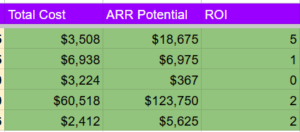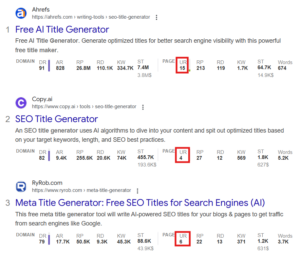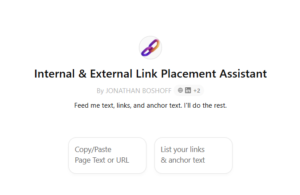This app helps improve anchor text and the context of existing internal links on a web page.
Using descriptive anchor text, wrapped within an informative context is often overlooked when adding internal links to pages.
This handy tool will streamline the work of improving unoptimized internal links. Simply give it a URL and list of internal links and enjoy optimized anchor text and enhanced context.
Try it here: Internal Link Anchor Text Improver
How it works:
- Grab a URL and extract links with the Detailed Chrome extension
- Enter the URL and upload the link list CSV from a detailed
- Run the app and get recommendations for improved context and anchor text
- Reference the optimized anchor text and surrounding context to enhance your internal links
Exporting complete links from Detailed
This app is designed to use a specific export from the Detailed Chrome Extension.
To get the data, download the extension, visit the page, click on the Detailed extension, click the Links tab, and click the Export Complete Links button.
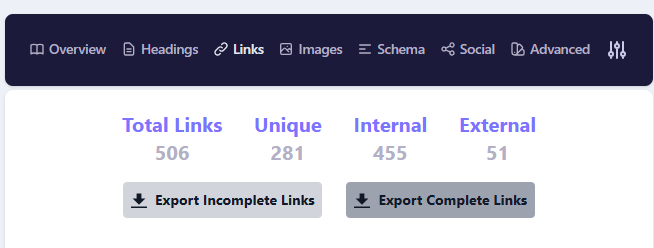
It will download as a CSV. Upload this to the file upload section of the app’s input.
Example outputs from the context and anchor text recommender
I ran the app for a page from Time on “improving your credit score”. Here are a couple of recommendations it provided:

In my example above, the app highlights a common issue with internal linking. The article mentions “Credit Cards” and links to a credit card page.
While this is better than having no internal link, the context is lacking. And the capitalization may be confusing. Capitalization is often used to differentiate brand or product names from common words. Think “Apple vs apple”.
In the optimized example, the anchor text is changed to “benefits of using credit cards. and the context is changed to “Learn more about the benefits of using credit cards wisely.” This is much more descriptive.
While the sentence doesn’t read perfectly, a quick edit could fix that.
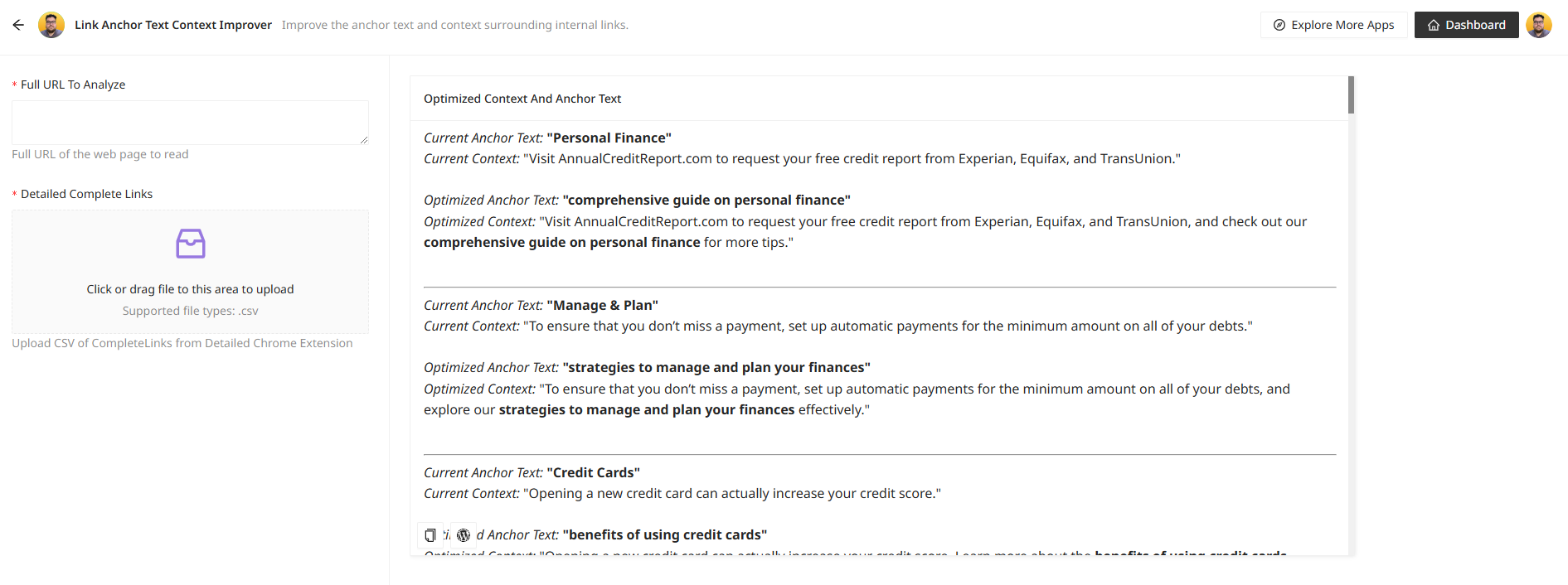
And the output keeps going. It provided 37 snippets of anchor text to optimize in total. This is a big page, not all pages will have this many optimizations.
Overall, the output makes it easy to improve your anchor text, and the context surrounding anchor text.
Here’s a breakdown of the app’s outputs
Current Anchor Text: This is the anchor text in its current state.
Current Context: this is the current sentence of text where the internal link to improve is currently found.
Optimized Anchor Text: this is a modified version where the surrounding text’s context has been improved.
Optimized anchor: This is the anchor text that has been improved for enhanced context and clarity.
The app repeats this recommendation flow for internal links throughout the page that may lack semantic context. Note that this is experimental, and AI can hallucinate, be sure to double-check and use your judgment with this app.
How do the internal linking recommendations work?
The guidelines this app uses are from Google’s documentation on SEO Link Best Practices and some additional information on anchor text modules from the leaked Google API documents.
Looking for a tool to help find new internal linking opportunities? Check out this internal linking automation script.
Why do context and anchor text matter for internal linking?
Linking relevant pages together is an ancient best practice that many SEOs and content marketers have been doing since the dawn of the internet.
Links are how people used to discover relevant content on web pages. And it’s still used today to help readers find useful information and influence rankings.
Pages with more internal links often receive higher rankings and traffic from search results. There’s a lot more nuance to it, which I’ll describe below.
The importance of context for internal linking
In the past, Google stated that their search engine algorithms consider the text around an internal link and the anchor text itself to determine the context of an internal link.
Google Search patents also confirmed this. More recently, the Google API leak also confirmed from several modules that the context surrounding a link plays an important role in the weighting of internal links.
I’ll spare you the details, but higher weights = more powerful, rank-improving links. For example, a link from a high-traffic, top-ranking page, delivers much more ranking weight to the pages it links out to vs a smaller secondary page that gets very little traffic.
Internal linking best practices to keep in mind
The leaked Google API documentation has lots to say about anchor text. Here are some best practices to follow backed by module names from the leak so you can cross-reference them.
- Prioritize the most important links at the top. Google considers how close to the top of the page each link is placed. (offset)
- Ensure the context around each link is descriptive and makes sense (Context2)(fullLeftContext)(fullRightContext)
- Higher quality pages carry more weight for influencing rankings (sourceType)(pagerankWeight)(locality)
- Link from and to relevant content clusters (cluster)
- Keep links stable. Google tracks when links were first and last seen from their crawlers (creationDate)
- Linking to the same destination URL multiple times is devalued (parallelLinks)
- Avoid linking to spammy destinations (spamrank)(spamscore1,spamscore2)
For more internal linking best practices, check out Google’s guidelines.
Customize & Clone The Internal Link Context Improver
This app was built with a no-code drag-and-drop builder called Moonlit Platform.
If you want to clone this app, customize it, or learn how to build more AI-powered SEO tools, join the AI SEO academy.
